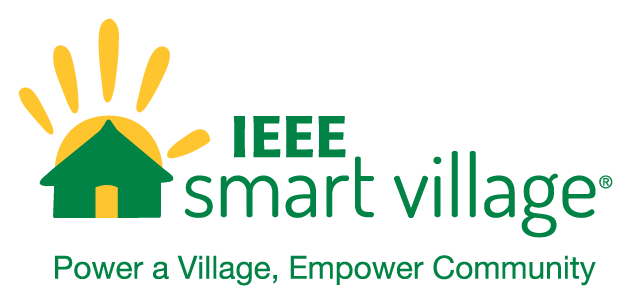Igniting Africa
PURPOSE
The “Igniting Africa” (IA) rural electrification project, led by the Torchbearer Foundation for Missions, Reconciliation and development, introduces sustainable development of identified communities in Cameroon by improving health care, living standards and local productivity through clean energy, access to education, and enterprise stimulation. The project targets the three pillars of the IEEE Smart Village (ISV) sustainable development agenda: (i) Energy and smart technology, (ii) Entrepreneurship and business development, and (iii) Community education. The project also directly and indirectly supports many United Nations’ Sustainable Development Goals (SDGs) that seek to empower the world’s most vulnerable populations.
OBJECTIVE
IA currently operates in three villages with over 10,000 people, and provides electricity for the following services: Basic home lighting, sewing, computer training, typing, printing and photocopying, hair cutting, refrigeration and other micro- businesses. This project expands IA’s rural electrification program to additional marginalized communities living in the remotest parts of the Northwest Region of Cameroon through solar power. The expansion of electricity and education will improve the living standards of the rural populace. The project also catalyzes enterprise for energy-dependent small businesses.
BACKGROUND AND PORTFOLIO
Farming is the primary economic activity in these remote communities situated along riverbanks. The referenced villages have no access to the national power grid. The recipient villages benefiting from this project have a combined population of more than 8,000, and are just three
of the thousands of villages in rural Cameroon.
The majority of the nation’s population resides in a multitude of hamlets, rather than in the major cities. Within the unconnected communities, the few individuals who own diesel generators power the latter for a couple hours each evening, while the poor inhabitants can neither afford just enough kerosene for their lamps or depend on light from fires primarily used for cooking and heating. Businessmen who desperately require electricity are forced to buy diesel generators that are expensive to run.
This project, supported by ISV, fits within the framework of IA’s existing rural electrification program underway in the villages of Konene, Adere and Ilung with available power capacities of 10KW, 1.2KW, and 4.8KW, respectively. The project, also, improves sustainable agriculture by increasing efficiency and productivity in the villages of Koffa, Adere and Ntisaw with the introduction of simple solar-power driven machines for irrigation, milling, drying, and refrigeration.
To ensure community inclusion and program sustainability, IA conducts field training for the local population on basic management and accounting skills, as well as, technical skills for operating
the power stations.
LEVERAGING
IA’s solar power program is attracting collaboration from local authorities for additional Municipal Council-led renewable energy projects. For example, the Mayor of Fundong in Northwest Cameroon executed a Memorandum of Understanding with IA for solar power feasibility studies in three villages, using possible municipal funding.
Notably, IA’s program introduces mobile power plants for agriculture. Self-contained, portable solar-powered units will be used in 50 identified villages across the Northwest region with an anticipated one million direct and indirect impacts by 2025. This innovative and sustainable model for agricultural expansion blends energy and enterprise. The long-term sustainability of these projects is strengthened by the oversight of ISV, the direct involvement of the local communities through their customary authorities, and the involvement and management of the IA-trained local population.
TEAM
The local team consists of: Ndzi Roger Banla, National Executive Director of Igniting Africa, Cameroon, who is responsible for communication and information exchange between ISV and IA Cameroon; Ngeh Ernest Bah, an electrical engineer, and Kanjo Etienne Shey, an energy engineer are both National Executive Committee Members and are directly responsible for the project implementation; Hilda Bila, an accountant, is responsible for all financial tracking and reporting for the project.
PERSPECTIVE
The IA rural electrification program utilizes power and energy to benefit rural populations through innovative and adaptive approaches that directly meet the unique needs of each community. Initial projects include the construction and commissioning of mobile power plants for irrigation and micro-agricultural processing. As the program expands, the development of small-scale industrial processing units will solve basic community challenges such as grain shelling, crushing and milling, oil milling, woodwork machinery, and welding. These are currently labor-intensive activities that consume substantial amounts of time for women and girls in these developing communities.
TIMELINE
The project will be implemented in four successive phases from September 2017 to August 2018. The first phase deploys two 6KW Microgrid power stations in Ako and Lus villages. The next phase constructs and deploys two mobile power plants for agriculture (MPPAs) in Koffa and Adere villages. The third and fourth phases construct and deploy a 6KW Microgrid and an MPPA in Lasen and Ntisaw villages, respectively.
The “Igniting Africa” (IA) rural electrification project, led by the Torchbearer Foundation for Missions, Reconciliation and development, introduced sustainable development in targeted communities in Cameroon focusing on improving health care, living standards and local productivity through clean energy, access to education, and enterprise stimulation.
In July, 2018, IA completed a 6 KW solar installation in Akeh village in Northwest Cameroon. This project fits within the framework of IA’s existing rural electrification program underway in the villages of Konene, Adere and Ilung with available power capacities of 10KW, 1.2KW, and 4.8KW, respectively. The project also improves sustainable agriculture by increasing efficiency and productivity in the villages of Koffa, Adere and Ntisaw with the introduction of simple solar-power driven machines for irrigation, milling, drying, and refrigeration. The recipient villages benefiting from this project have a combined population of more than 8,000. IA fabricated a prototype Mobile Power Plant for Agriculture with a small solar array on a rickshaw like frame. With the portable power, local vllagers can power irrigation pumps, grain crushing equipment, oil presses and other low power agricultural processing equipment. This increases the villagers productivity and margin as they remove the middle-men in the food supply chain.
I am text block. Click edit button to change this text. Lorem ipsum dolor sit amet, consectetur adipiscing elit. Ut elit tellus, luctus nec ullamcorper mattis, pulvinar dapibus leo.
Igniting Africa at a Glance
| Specifications | Details |
|---|---|
| Project Locations | Villages of Konene, Adere, Ilung Koffa and Ntisaw |
| GPS | Main Project Centre, Konene Village: 6.403926 N and 10.400546 E. |
| # local IEEE members involved | 5 full + student member engagement |
| Total Power Generation Capacity | 16kW – Solar |
| Number of Beneficiaries | 342 direct, 5,500 indirect |
| Micro-Utility Commissioning | 18 December 2018 |
| Sustainability/ Scalability | Impact 500,000 people by 2027: 1M long-term goal in region |
| Project Contact | Martin Niboh |

